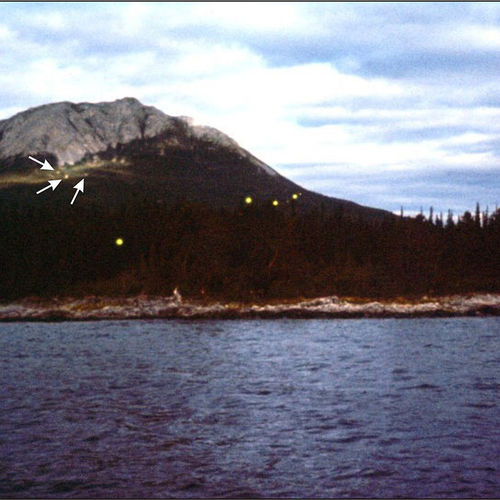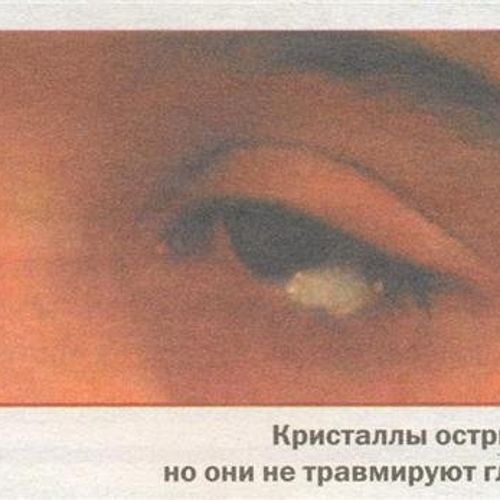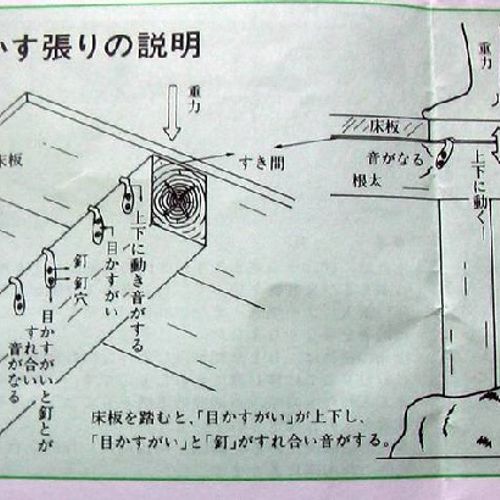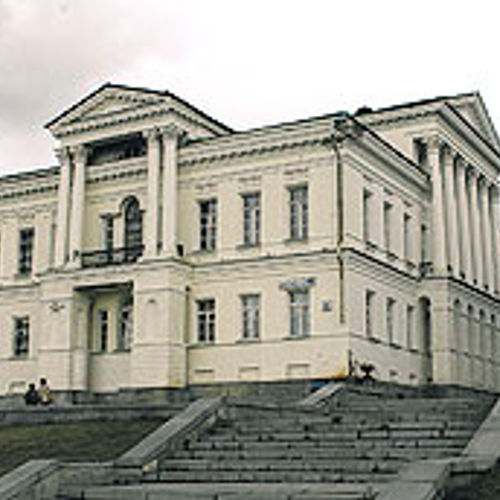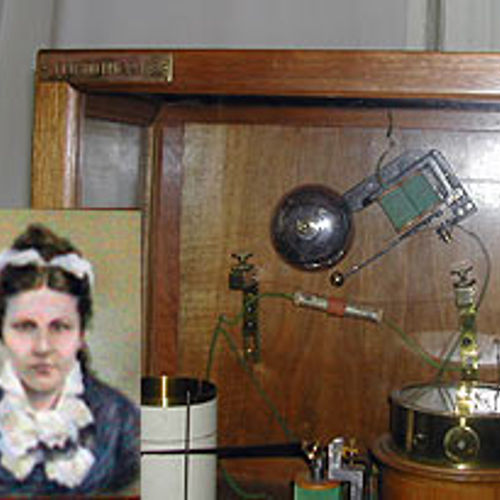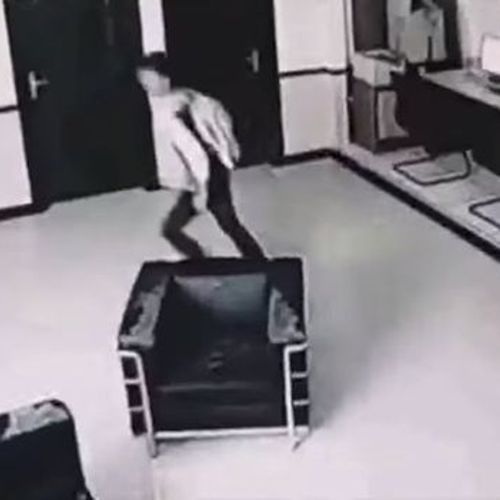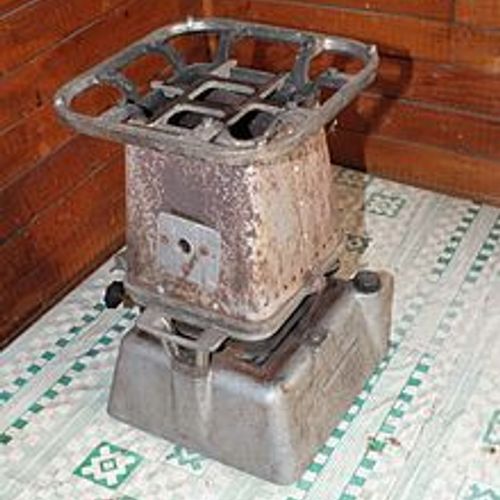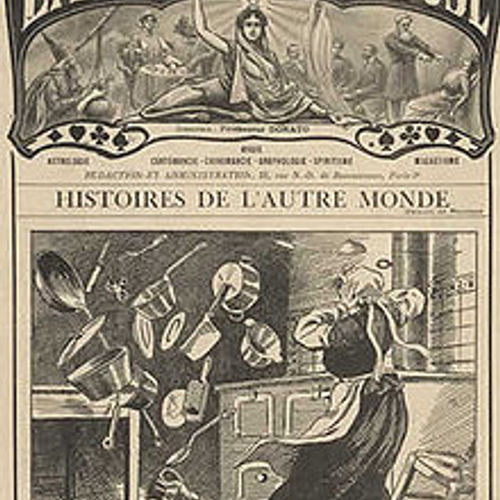
| Added | Wed, 05/10/2016 |
| Hierarchy | |
| Другие названия | Barabashka
Toribism
|
| Область распространения | All over the world |
| Характерные признаки |
→
→
→
→
→
→
→
→
→
→
→
→
→
→
→
→
→
→
→
→
→
→
→
→
→
Place →
Place → Reservoir
Place →
Place → Cemetery
Place → Forest
Place →
Place →
Place →
|
| Sources |
The word "poltergeist" comes from the German words poltern — "rumble", "knock" and geist — "spirit". Literally it translates as "noisy spirit".
The term appeared in 1540 in the "Novum Dictionarii genus" ("New Dictionary") Erasmus Albert 3 . It is used for the first time in German Martin Luther during the Protestant Reformation in "Table Conversations No. 1" to refer to events that may be caused by disembodied spirits or the devil. Catherine Crowe first used it in English in 1848, but it was the Romanian medium Eleanor Zugun popularized it in the middle of the XX century, calling herself "the daughter of a poltergeist."
French journalist, parapsychologist and writer Rene Sudre (1880 — 1968) came up with his synonym - toribism, from the Greek θορυβείν ("to make noise or worry; to confuse").
On the territory of the former USSR, there is another name for this phenomenon - "barabashka", which was invented by director Horovatsky during the shooting of the following plot in 1989:
According to the memoirs of a member of the Russian Academy of Television, winner of the TEFI Award Alexey Horovatsky, the story of this character began after a call to the Ostankino television center from the foreman of the house painters who worked on construction sites in Moscow and lived in a dormitory in one of the houses on the Likhoborskaya embankment. It was claimed that there was a spirit in the hostel that manifested itself by knocking. The girls, according to them, established contact with him, agreeing that one knock means "yes", two knocks — "no". It was decided to make a TV show about this incident.
The decision to shoot in the editorial office was made by: Deputy editor-in-chief Irina Zhelezova, editor-in—chief of the program "Obvious - incredible" Lev Nikolaev, editor-in-chief of the editorial staff of popular science and educational programs Zhanna Fomina. The group that went to the scene of the event, instead of the planned single shift, recorded what was happening in the rooms of this hostel for several months.
The director of the program, Alexey Horovatsky, was working in the frame, and he needed to somehow address this invisible phenomenon, which answered questions only with knocks or light blows. As a result, in one of the next trips to the shooting, in a conversation with the editor of this issue, Vladimir Vozchikov, Alexey suggested calling this phenomenon by the nature of his actions. Once he is drumming, let him be a Barabashka ... the brownie gladly "responded" to this name.
Subsequently, the story was picked up by journalists of various publications, who began to regularly appear on the set and record events on their pages. In particular, the creature was described in the newspaper "Trud" on October 5, 1988. The publication of the article coincided with the 100th anniversary of the first publication in the press of an article about the poltergeist, held in the United States on October 21, 1888.
Along with the journalists, the interviews were conducted by researchers from the Department of Theoretical Problems Academy of Sciences of the USSR. The invisible "barabashka" also "participated" in the interview, answering questions with knocks. Later there was a message that the girls were forced to leave the village, because they deserved the bad fame of witches. The name of barabashka was fixed for the phenomenon of knocks of unknown origin.
This phenomenon expresses itself in various actions: noise, knocking, footsteps, spontaneous movement of objects, their spontaneous combustion and similar actions that emphasize the presence of some invisible entity.
It is believed that this entity is not tied to a specific place, but to a person. She can be lured (for example, to another apartment), modern researchers call such a person a "focal person". Most often, a teenager or a child acts in his role, but many modern and earlier cases do not confirm such a strict relationship.
The phenomenon has a number of characteristic manifestations:
- The feeling of someone's presence in an empty room, the feeling of a glance, light touches
- Moans, voices, music without a visible sound source
- Spontaneous switching on and off of electrical appliances, blinking of lamps
- Movement of objects
- Spontaneous ignition of objects
- Spontaneous appearance of water, ice, blood and other liquids on surrounding objects
- The appearance of bite marks, bumps, scratches, etc. on the bodies of victims.
- Appearance of inscriptions
This is a list of all possible manifestations of poltergeist, but not mandatory in every case. A type of poltergeist associated with exposure to elevated temperatures has been placed in a separate phenomenon with the name "fire poltergeist".
Sometimes the "simplest" manifestations of poltergeist are shared, including scratching, knocking and clapping, cold spots in the room, voice perception and exposure to electronic household appliances such as televisions, radios, light bulbs and computers that turn on and off without any obvious reason or visible involvement. And the "higher" ones, which include the levitation of people or objects, the disappearance and reappearance of objects, as well as some researchers include sudden light phenomena such as ball lightning and will-o'-the-wisps.
The researcher of paranormal phenomena, Jilaine Sherwood, believes that they are on the contrary mandatory and distinguishes them into five successive stages of "aging" of the poltergeist:
- touch
- communicative
- physical
- meaningful
- agressive
Upon reaching the fifth stage, the poltergeist, having reached the peak of activity, suddenly fades and after a while reappears, starting the cycle from the first stage.
Cases of poltergeist have been known all over the world almost since ancient history, they were included in chronicles, diaries of famous personalities, records of employees, etc. However, before the appearance of this term, such cases were attributed to the leprosy of evil spirits. For example, in Russia there are legends about Kikimore. This evil spirit can just knock or creak at night, can break and throw furniture and objects, break dishes, and can communicate by knocking.
Phenomenon in mass culture
Related versions
Related facts
Related news
Related articles
Log in or register to post comments

